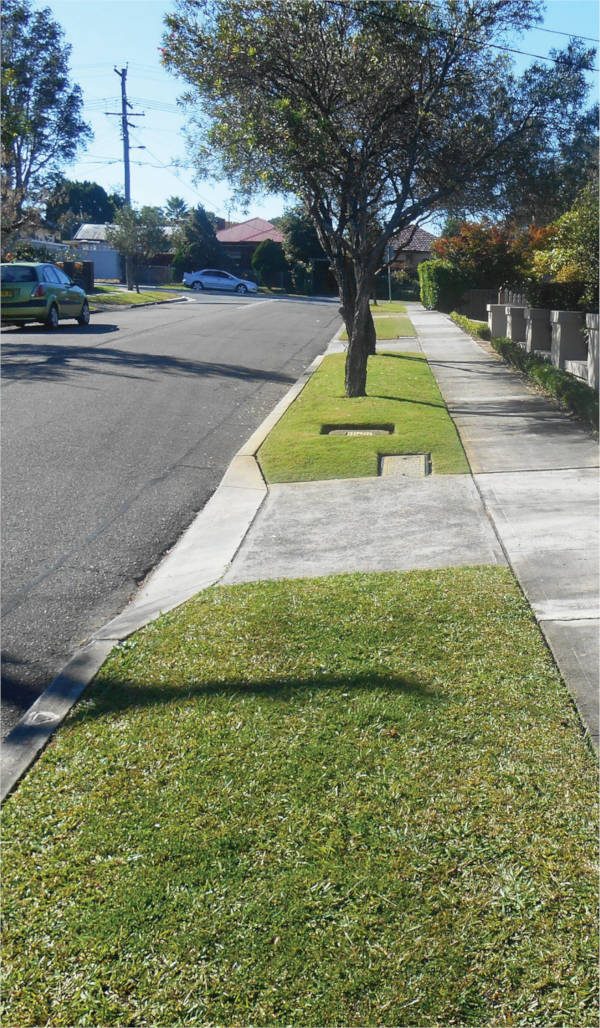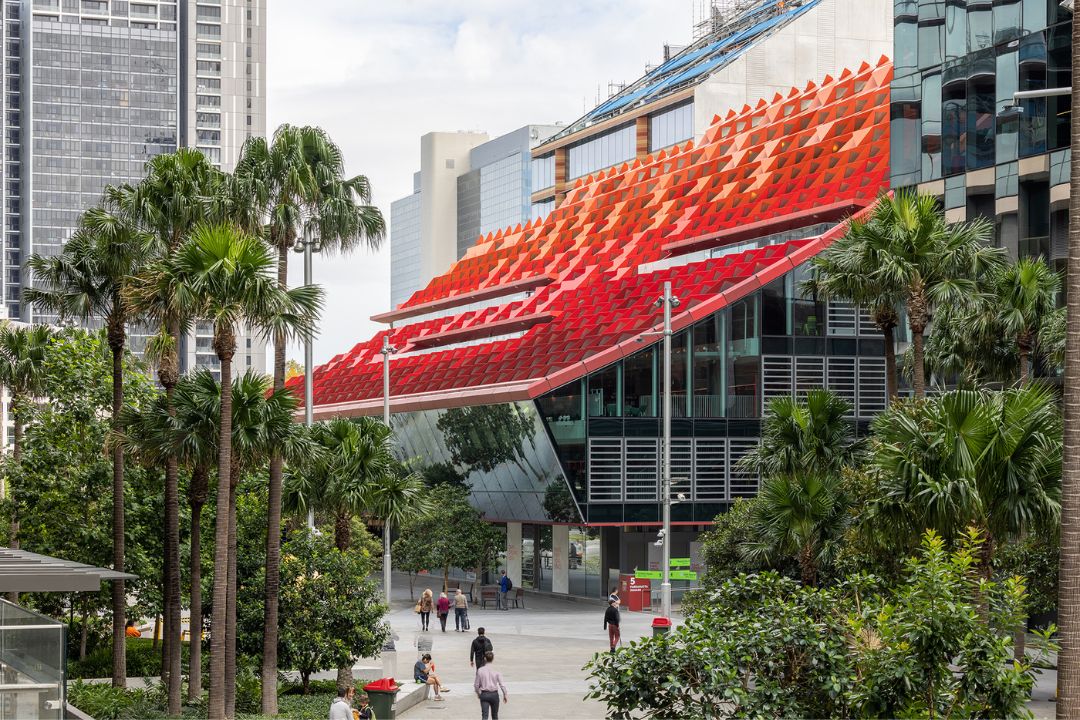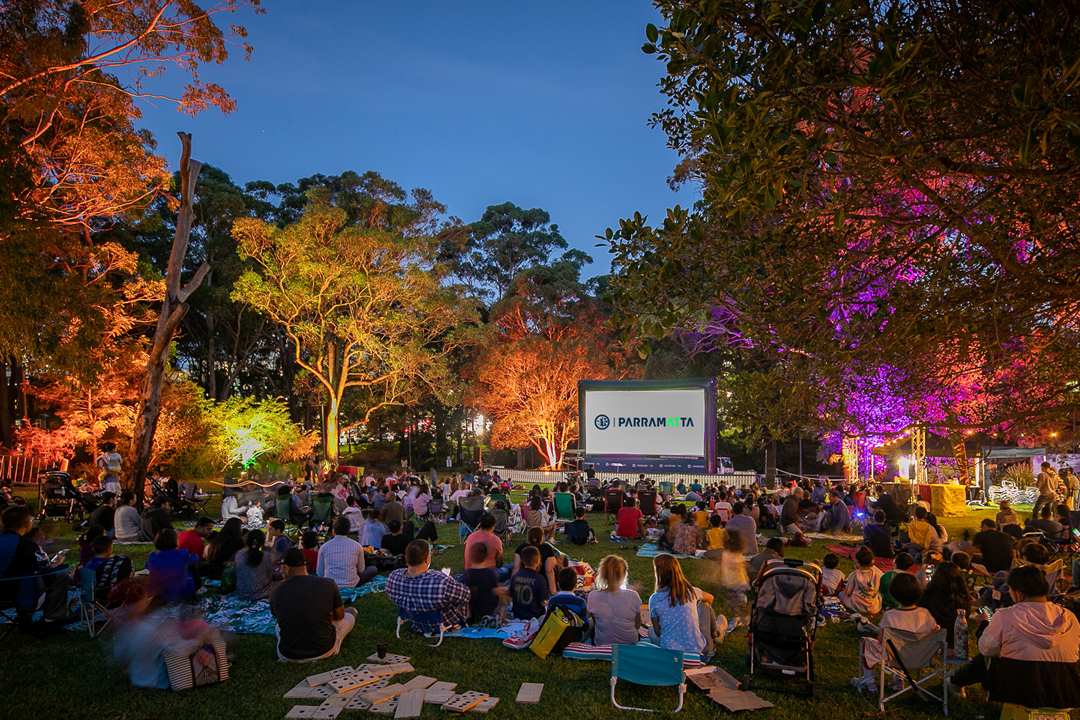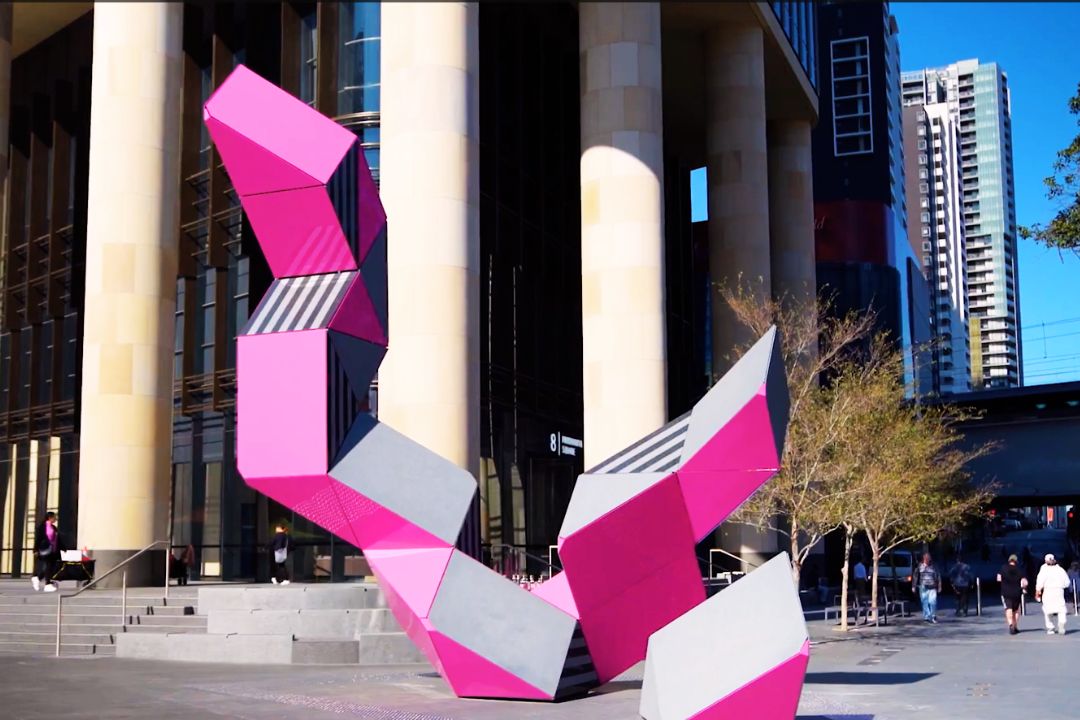Maintaining Nature Strips
Due to the vast area covered by nature strips, most councils do not have the capacity to maintain them. City of Parramatta Council relies on the goodwill and generosity of residents to mow the nature strip next to their property when undertaking the maintenance of their own property. For pedestrian safety, it is important to keep the concrete footpath (or grass walkway) clear of vegetation, to allow unobstructed pedestrian movement.
It is recognised that some residents may appoint a contractor to undertake maintenance for them. Residents who are frail, aged or disabled can seek financial assistance from My Aged Care on 1800 200 422. This service can arrange translators and provide help through the Commonwealth Home Support Program.
If you have any further questions or concerns, please call the Customer Contact Centre.
Nature Strip Planting Guidelines
A well maintained nature-strip can make your house and street look great.
Increasing the diversity of plants will also have environmental benefits.
Planning a successful and safe verge garden.
A little preplanning can ensure that planting of the nature strip is done to a high standard of safety, access and finish.
Are there pipes and service lines under the ground?
To check the location of underground services (water, gas and telephone) call Dial Before You Dig on 1100 to see if there are any utility services beneath your nature strip.
This is very important as service lines are sometimes only a few centimetres under the ground. Digging into a gas pipe or an electrical cable with a misplaced stroke of a shovel can be a fatal mistake. Individuals are liable for damage to underground networks. If you are unsure about how to read the Dial before you Dig information contact the relevant infrastructure owner before commencing any work.
You are responsible for preparing the ground, supplying the plants and meeting any associated costs. Residents assuming responsibility for the care of nature strip gardens must ensure they are kept in a safe, clean, healthy and attractive condition free of disease, foreign matter, dead plant material and hazards.
Be prepared to commit some time and effort and only plant what you know you can continue to maintain. For example, use plants that are low maintenance, drought resistant and hardy. Better to plant out a small area well than a larger area poorly. If you are planting next to an area of lawn make sure it is clear to others where the garden starts and finishes.
Plant height should be pruned to a maximum height of 0.5m so that sightlines to both pedestrians and vehicles are maintained. Street trees will remain the responsibility of Council, requests for new or replacement trees should be directed to the Public Tree Management Officer.
Allow enough room for people to access vehicles and open car doors. In most cases this means having no plants within 600mm of the adjacent kerb face. Alternatively, choose a hardy ground cover species that will tolerate some trampling.
Leave space so that you and your neighbours can put bins out for collection.
Allow pedestrian access through the garden at 4m intervals.
Design Considerations
Allow a minimum 1.5m clear width along the pedestrian footpath to allow for pedestrians to walk and children to cycle. Some areas may not be suitable for nature strip plantings due to the narrowness of the footpath.
Do not install structures or barriers in the nature-strip unless specifically approved. Avoid using stakes, rocks, or raised edging material or anything which may cause an obstruction or become a trip hazard. Irrigation systems are not permitted.
Planting underneath street trees requires special care. Never mound soil or any organic matter against the tree trunk as this is not good for tree health.
To avoid damage to tree roots keep at least 50cm clearance around the tree trunk, allow greater clearances for larger trees. Use hand tools to carefully probe the soil surface, find void spaces around tree roots that can allow for plantings.
Any roots that are uncovered must not be damaged. Use tube stock or other small plant stock to avoid the need to dig large holes. Where extensive tree roots are present choose plants with shallow root systems such as groundcovers.
If you have an interest in growing food plants it is best to find a community garden in your local area. Growing food plants on the verge is not recommended mainly due to the risks associated with soil contamination. If you intend to use edible plants you must, at your own cost undertake soil testing.
What to plant
Drought hardy natives look good, are easy to look after and are great for local biodiversity. Ultimately, what you plant is a matter of personal taste and consideration of environmental conditions, however in choosing plants avoid…
• plants with sharp edges, spines or thorns
• toxic plants
• noxious or environmental weeds, or
• plants which drop excessive fruit
• synthetic turf.
It’s easy to find information on the subject of what plants to grow via the internet or at the library. Have a look around your local area to see what other plants have successfully established. Council's Open Space Officer or your favourite garden centres can help with suggestions for suitable species.
Consider the safety of road users
• do not leave tools on the footpath
• maintain safe pedestrian access at all times
• avoid mulch or soil spilling onto the path or into the gutter
• avoid leaving any holes or trip hazards
• do not let plants encroach onto the footpath or road.
Utility companies, contractors and council occasionally need to dig up the footpath or nature strips. If this happens you will generally be responsible for re-establishing your nature strip garden.
Be prepared to repair any damage including vandalism. For these reasons it is worth considering using plants that can be easily replaced by taking cuttings or propagated by division.
Council may remove any plant or entire nature-strip
plantings if the garden…
• does not meet these guidelines
• is not satisfactorily maintained
• interferes with public access, parking, safety or utility services.
Nature Strip Garden Checklist
(Back to top)Maintenance
Consultation
If you cannot answer YES to these questions,
please call Council's Open Space Officer on
02 9806 8279
or email:
openspace@cityofparramatta.nsw.gov.au






